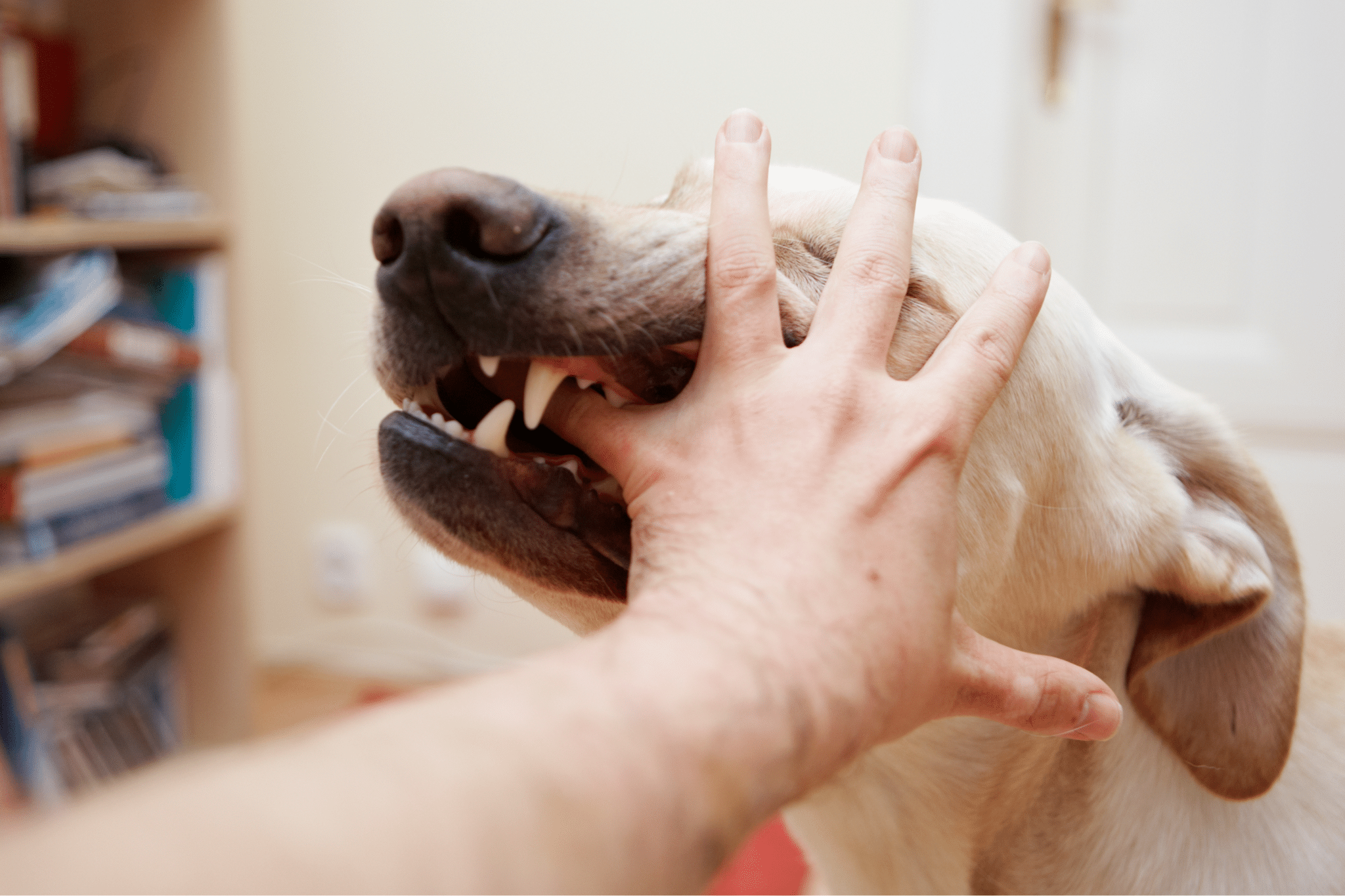How to Teach Kids Safe Behavior around Dogs
Young children often love playing with dogs (especially if their family has a pet), but they don’t always know what behavior is and is not acceptable. Unfortunately, some parents also don’t always know where to draw the line when their child is approaching or playing with a dog. Parents may mistakenly believe that because the dog is familiar with the child or because the dog looks friendly, it doesn’t pose any danger.
The unfortunate truth is that any dog can bite, especially if they’re in a situation where they feel threatened (as they may understandably feel if a young child is attempting to yank on their ears or poke their eyes). In fact, the majority of childhood dog bite incidents involve a dog that is familiar to the child. As a parent, the best thing you can do to prevent this from happening is to teach your children safe behavior around dogs. Here are a few safety tips to go over with your kids.
4 Dog Safety Tips for Parents to Teach Kids
Avoid unknown dogs. If your child wants to pet someone else’s dog, remind them that they always need to ask the owner first and that theyshould never approach a strange dog that is running loose in the neighborhood. In fact, if you’re with your child and you see a dog running around without tags, you should call Animal Control.
Teach them how to pet a dog. Dogs sometimes feel threatened when touched around their ears, eyes, or mouth, so if your child wants to pet an unknown dog and has already asked the owner’s permission, teach your child to first let the dog sniff their hand, then to pet the dog on their back.
Teach “Dog Boundaries.” Since young children may have trouble reading a dog’s body language, talk to them about the behavior that dogs don’t like. For example, let them know that they should never pull on a dog’s tail or ears, or try to climb on the dog’s back. If your family has a dog, let your child know that the dog wants to be alone when he or she goes to his or her bed or crate. Add that they should never disturb the dog when he or she is eating or sleeping.
Practice “being a tree.” The dog bite prevention organization Doggone Safe recommends that parents teach their kids to “be a tree” if a dog is chasing or bothering them. This involves stopping moving, “folding in your branches” (clasping your hands loosely in front of your body), and “watching your roots grow” (looking at the ground instead of making eye contact with the dog). Standing in this position generally causes a dog to feel less threatened or to lose interest in the child.
Remember to always supervise your young children around dogs, even if you believe the beloved family dog “wouldn’t hurt a fly.” Dogs don’t necessarily bite out of meanness—they bite because they feel threatened, scared, excited, or territorial.
If your child is bitten by another person’s dog, in spite of your precautions, you should take the child to a doctor if there is any broken skin. If your child suffers serious injuries and you’re faced with steep medical bills, you also may need to consider talking to a dog bite injury attorney to determine whether the dog’s owner could be considered liable.
About the Author:
Andrew Winston is a partner at the personal injury law firm of The Law Office of Andrew Winston. He has been recognized for excellence in the representation of injured clients by admission to the Million Dollar Advocates Forum, is AV Rated by the Martindale-Hubbell Law Directory, and was recently voted by his peers as a Florida “SuperLawyer”-an honor reserved for the top 5% of lawyers in the state-and to Florida Trend’s “Legal Elite.”
 Cars That “Talk” to Each Other Could Save Thousands of Lives
Cars That “Talk” to Each Other Could Save Thousands of Lives 

















